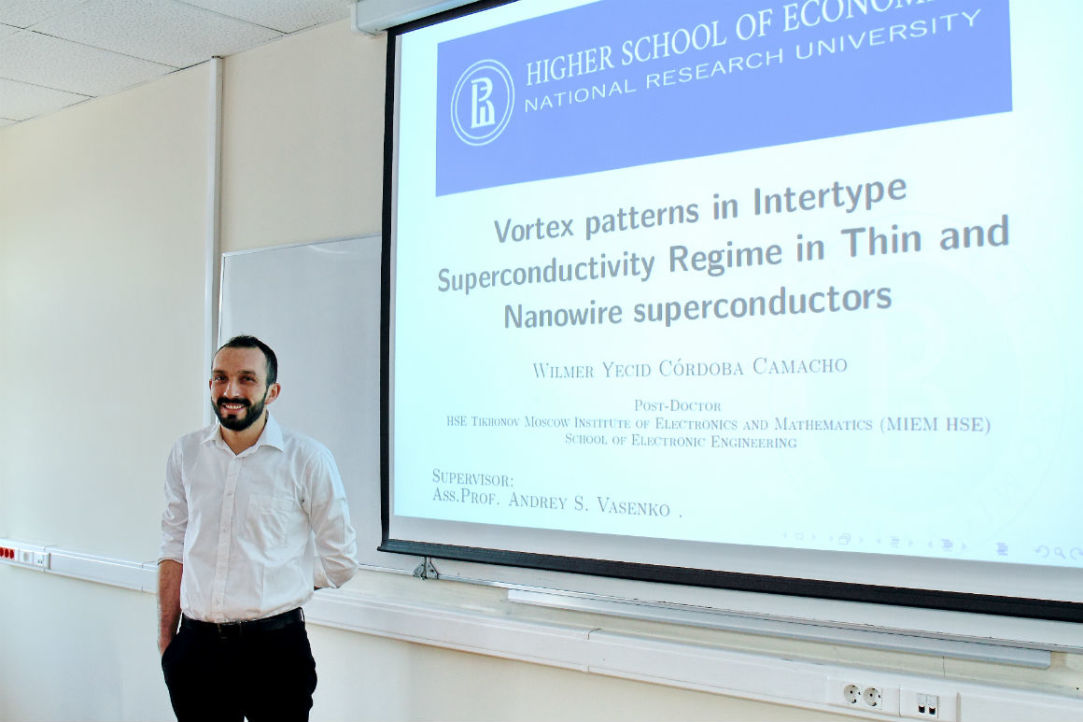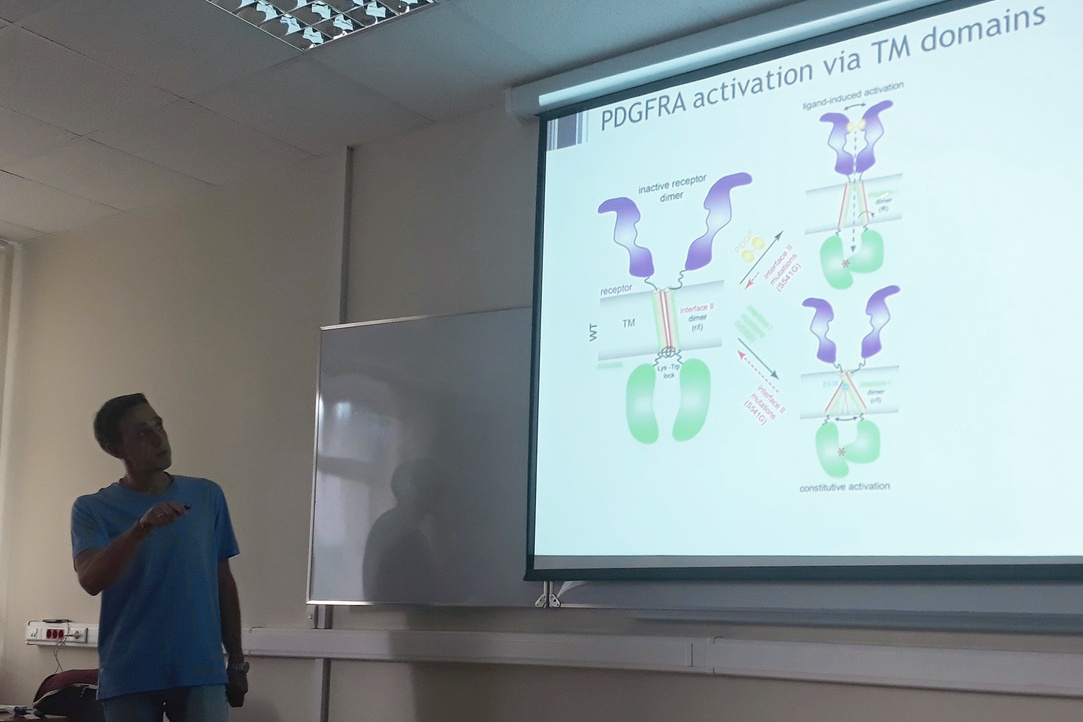
Research & Expertise




From November 6 to 10, the 30th Asia-Pacific Microwave Conference (APMC 2018) was held in Kyoto, Japan. MIEM HSE was represented by Semyon Presnyakov, a first-year postgraduate student of the School of Electronic Engineering.
The 13th International Conference "Actual Problems of Electron Devices and Engineering" (APEDE’2018)
From September 27 to September 28, in the city of Saratov on the basis of the department "Electronic devices and devices" of the School of Electrical and Mechanical Engineering of the Yuri Gagarin State Technical University of Saratov, the 13th International Conference "Actual Problems of Electron Devices and Engineering" (APEDE’2018) was held. MIEM HSE at the conference was represented by the staff of the School of Electronic Engineering

Lecture on Atomistic Mechanism of the Constitutive Activation of PDGFRA Via Its Transmembrane Domain


